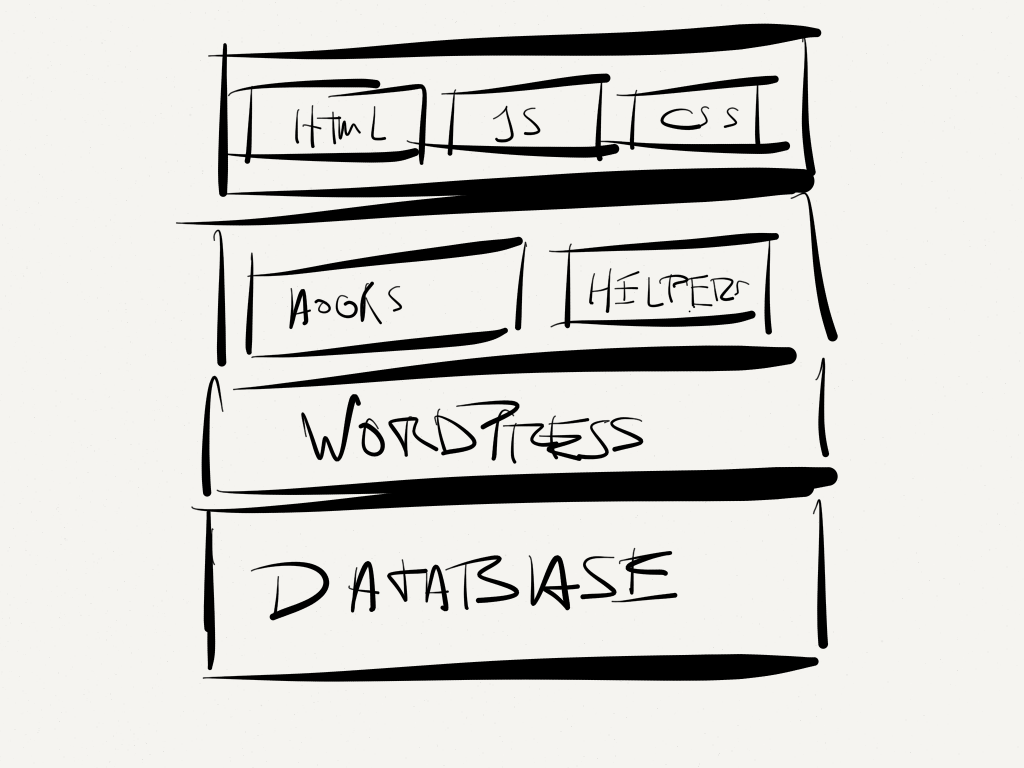For those who make a living by creating custom solutions for others using WordPress, you likely have your approach to how you structure the foundation of your typical plugin. And I think that’s a Good Thing™.
If you’ve read any of my previous posts, you know that I generally prefer the object-oriented approach to building plugins so there are a number of patterns, common solutions, and architectural decisions that I try to employ from project-to-project.
I’m not dogmatic about it, though:
If something new comes along, I’m willing to give it a try. Similarly, if someone I’ve been using for a while is criticized, I’m willing to take a look but that doesn’t mean I’ll change it.
In short, I need a lot of information to sell my on why I should change something that works, that’s maintainable, and that reads well for other developers.
And one of the points of discussion that comes up periodically is the idea of using Singletons in WordPress development.




